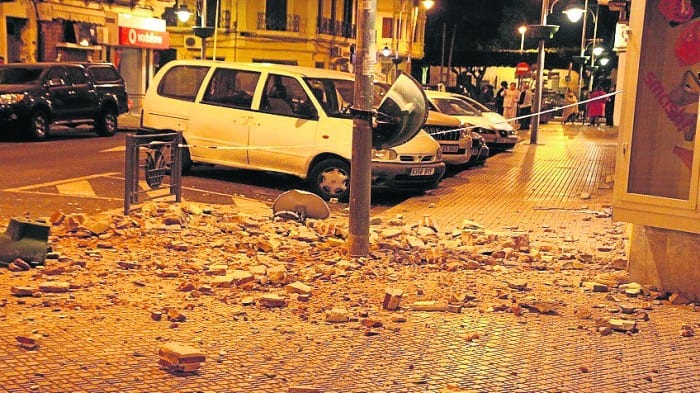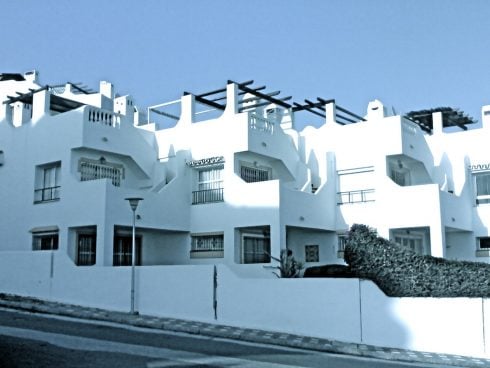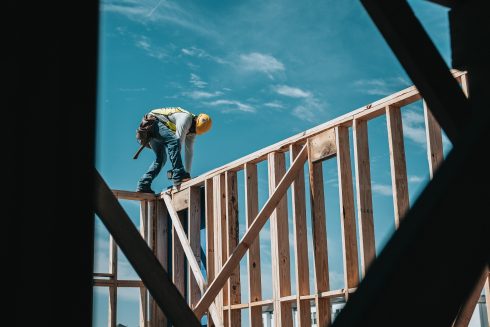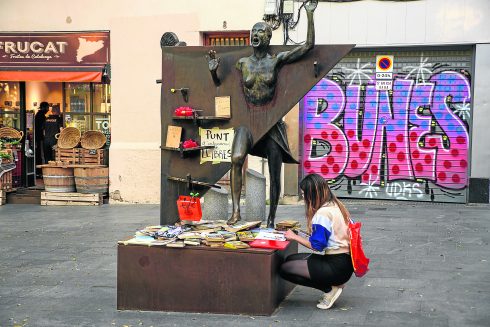 THE Costas of Spain are favoured by nature.
THE Costas of Spain are favoured by nature.
No hurricanes, blizzards, monsoons or volcanoes. Yes, an occasional downpour or whirlwind, but otherwise charmed. BUT, did the earth move for you a few days ago?
Yup, we do have the occasional earthquake. They occur all over the world, even in the UK. https://en.wikipedia.org/wiki/List_of_earthquakes_in_the_British_Isles
So what can we do about it? Building properly is the best safety measure.
Spain’s principal regulation is Royal Decree 997/2002. As shown on the map below, the various areas of Spain are graded according to their risk, and so regulations vary accordingly.
It’s why all modern houses here are built with a reinforced concrete structure that is designed to absorb some of the movement earthquakes cause.
Older houses, where the upper floors and roof are supported by load-bearing walls, are more at risk as these walls haven’t been designed for earthquakes.
And it’s why you should ensure your property is covered by decennial insurance, as is the law, and, even if the 10-year period is over, that it was covered when it was built.
As insurance companies will be guaranteeing a property for 10 years, they make sure that it is built according to the regulations.
Disturbingly, architects inform us that many additions and modifications to properties don’t comply with the appropriate regulations, and aren’t covered by such insurance.
The main danger from earthquakes appears to be from things falling off buildings, rather than the buildings collapsing completely. So if there is some serious shaking going on, and you run out of a building, make sure you keep going until you are well clear.
There are two theories about staying safe inside. One is to ‘drop, cover and hold on’, which involves taking cover beneath something like a heavy table to avoid falling objects. The other is the ‘triangle of life’, which suggests it’s better to lie beside a solid object so that if roofs and walls collapse you’re protected in a triangular vacuum.
What are the chances of there being a really big earthquake in Spain?
The fact there have been some over the centuries is evident from cracking in some of the major buildings in the older town centres.
Some experts say a serious earthquake of over 6 on the Richter scale should be expected every 200 years (so have already had that one!). Although, others say it’s every 70 years, and that the last proper big one was in 1884.
If you’d like to be on the safe side and keep track of the seismic activity yourself, you’ll find a daily record of quakes in Spain on the earthquaketrack.com site. However, there is more likelihood of being injured by a runaway trolley in Mercadona than by an earthquake.
But we should accept the fact that just occasionally, like a James Bond Martini, our homes are going to be ‘shaken, not stirred’!










